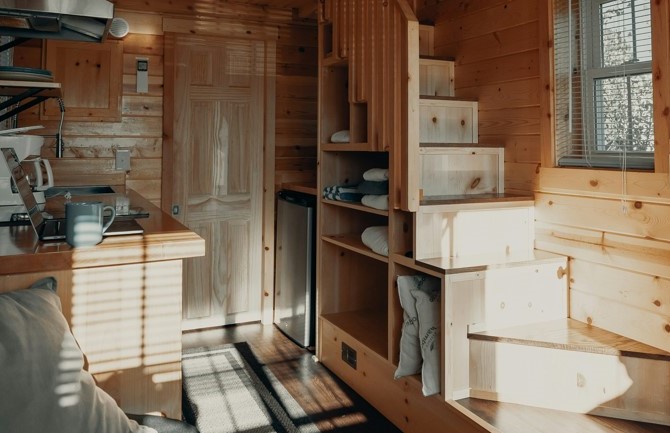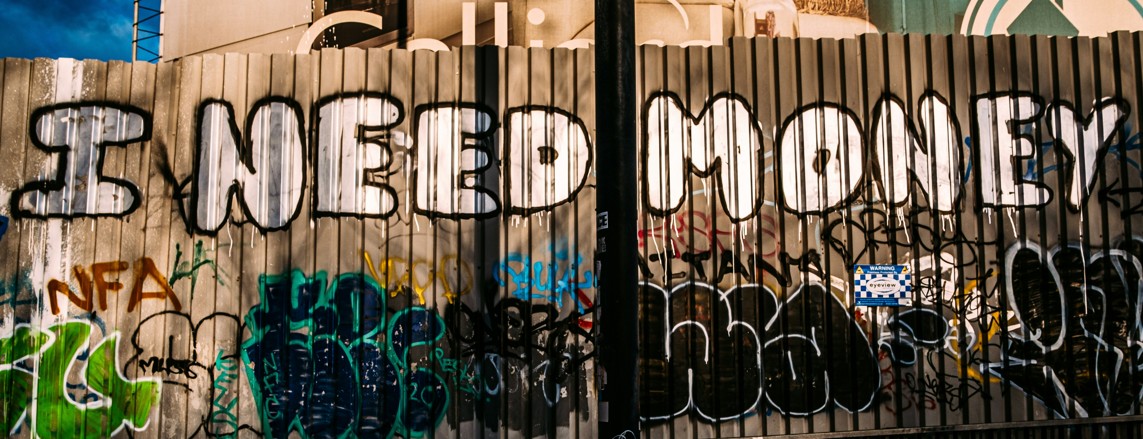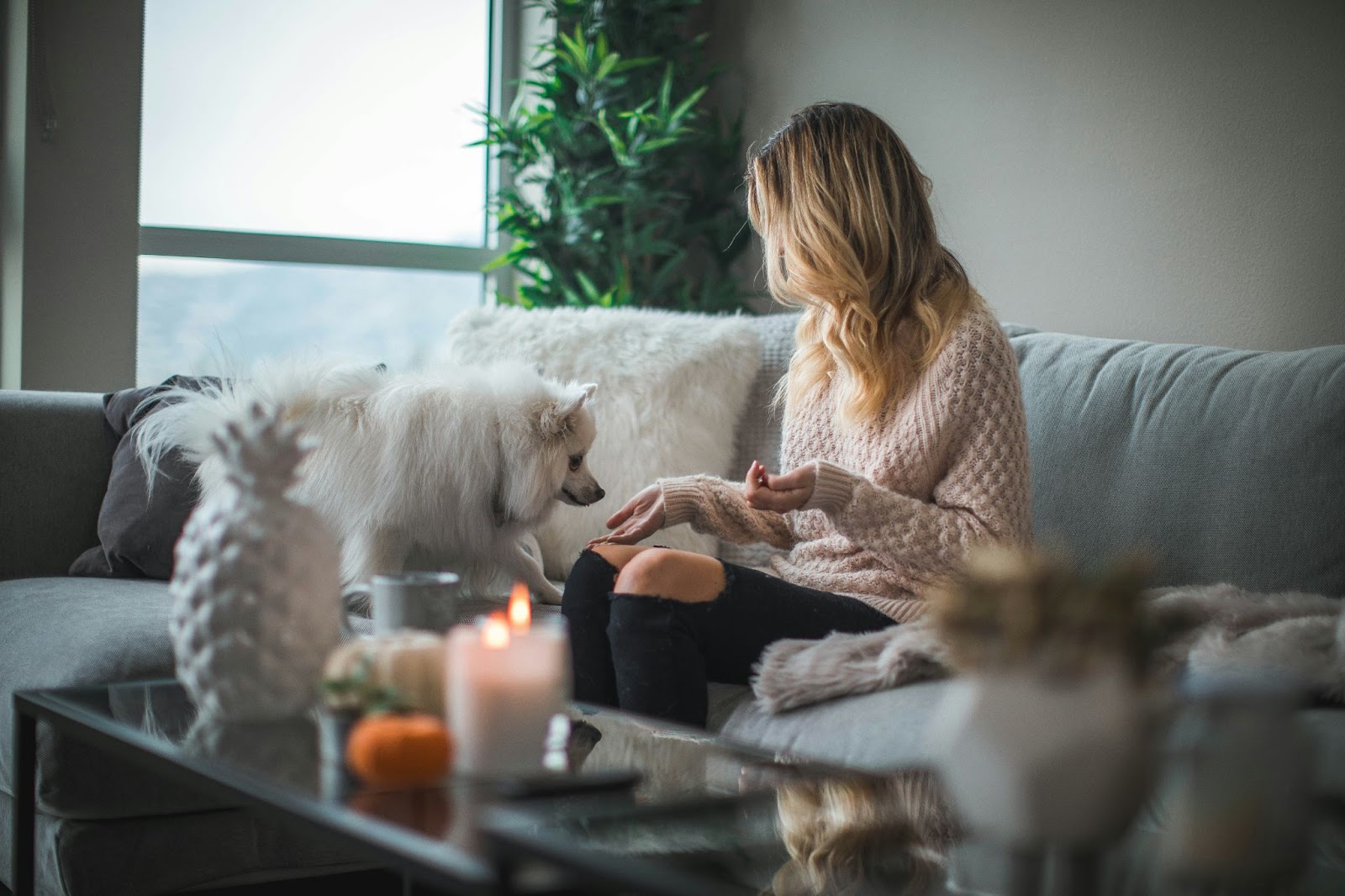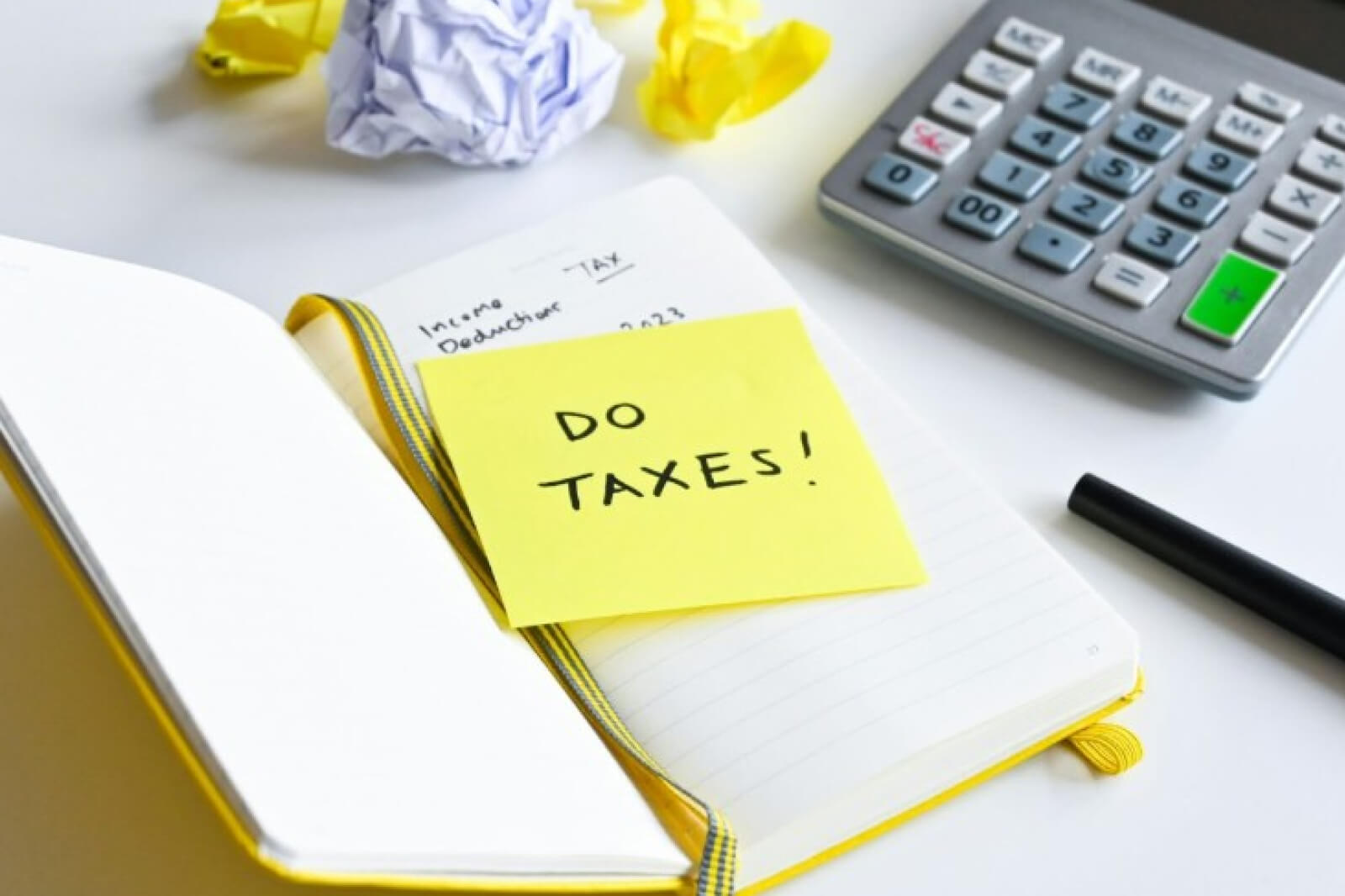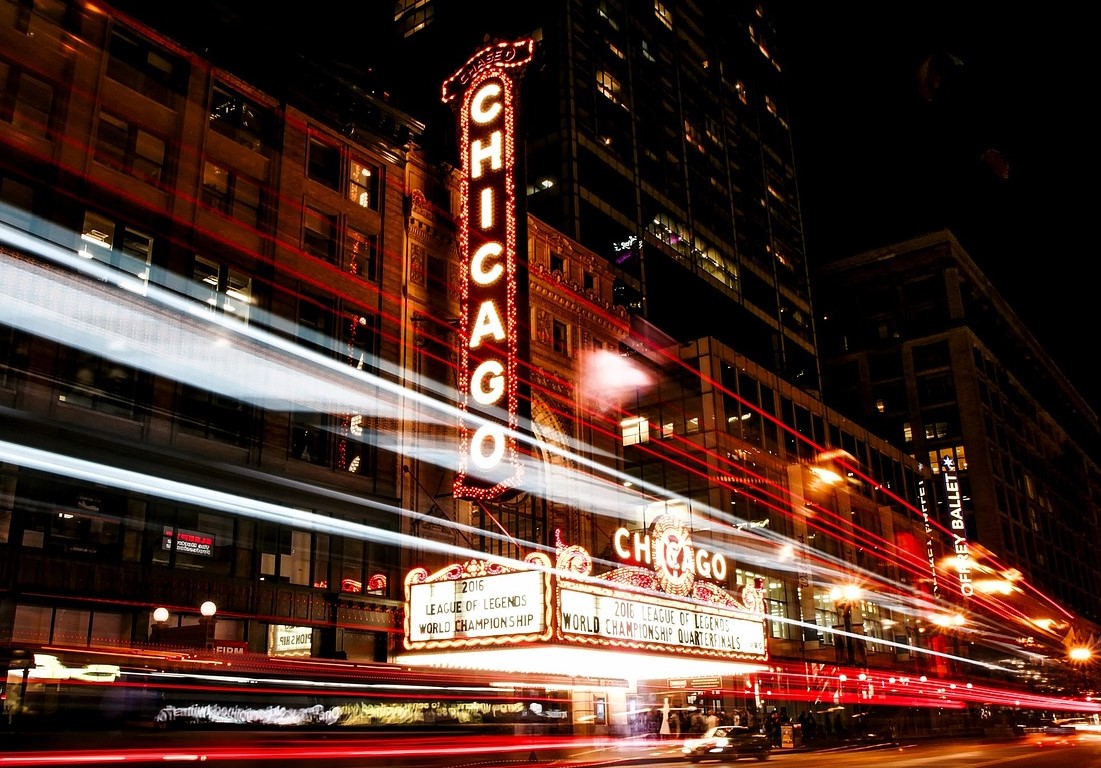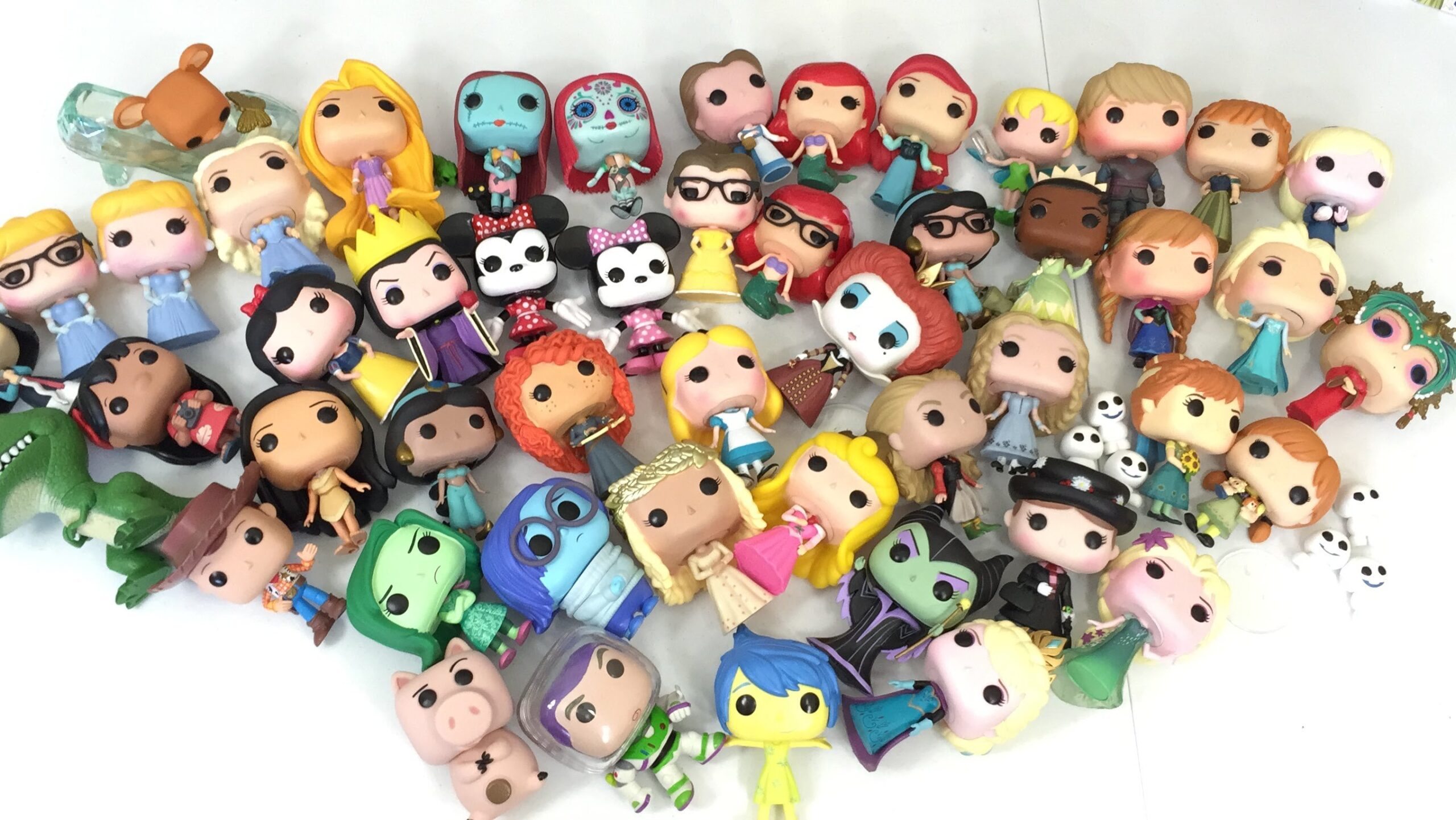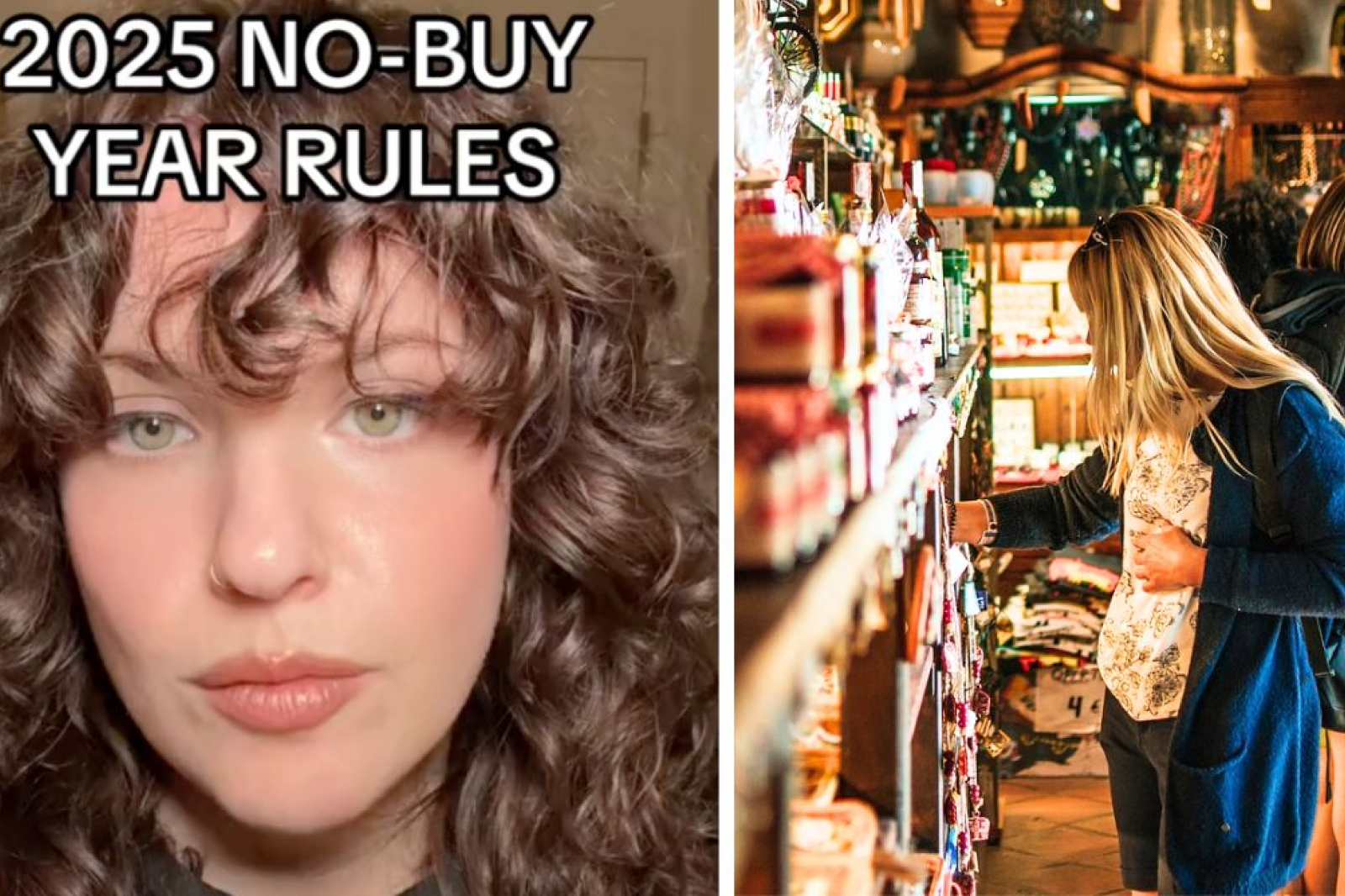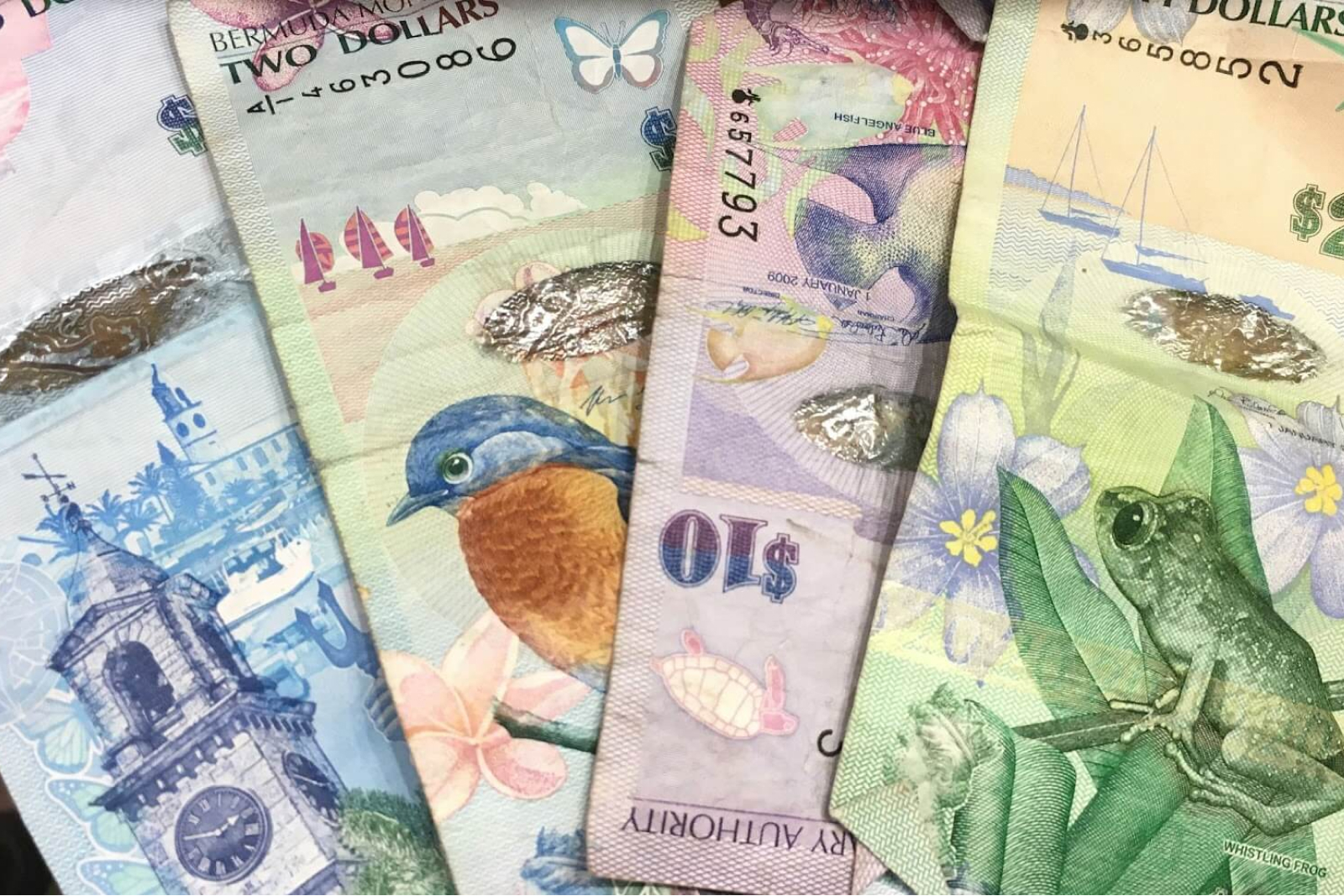My Back Up Plan For Ridiculous Price Hikes? Thrifting

Apr 25 | 2025
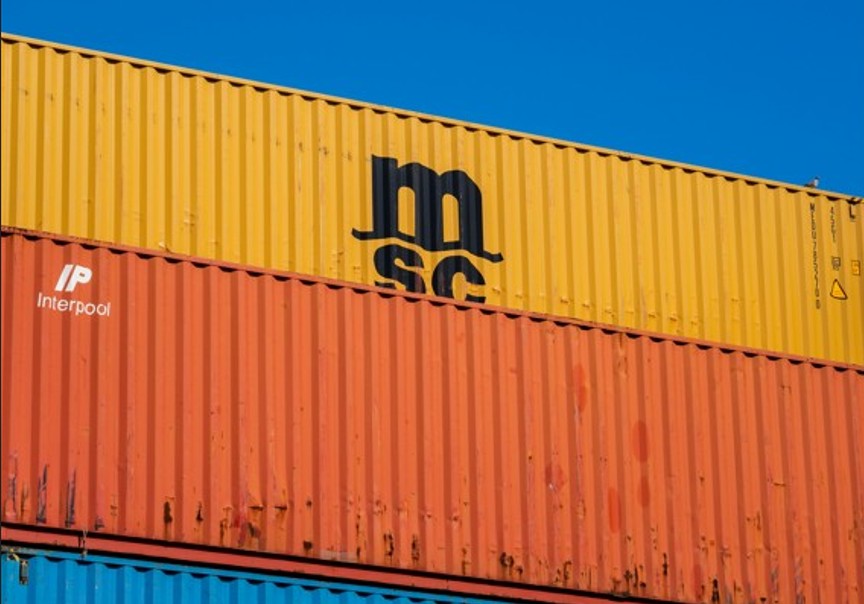
Image by Lucas van Oort for Unsplash
I never thought tariffs would be something I’d give AF about — let alone vent about on a first date — but here we are. Because suddenly, the price tag on my favorite pair of imported wide-leg jeans just jumped by twenty bucks. Thanks, global politics.
It turns out over 95% of the clothing sold in the U.S. is imported, and when tariff policies tighten — especially on lower-cost goods from countries like China — we pay the price. Literally. And with talks of tightening the “de minimis exemption” (basically a loophole that lets goods under $800 sneak in tariff-free), brands that rely on cheap imports could start charging way more. That’s where I drew the line. I’m not about to pay $130 for a polyester crop top that’s dry clean only.
So I did what any semi-broke, fashion-obsessed person approaching 30 — yipes! — would do: I thrifted.

Photo by coachmetpassie for Pixabay
Now, I know what you’re thinking: “Is this another Depop-core lecture about buying $40 vintage tees that smell like your grandpa?” Nope. I’m talking about legit secondhand style that doesn’t cost a fortune or the planet.
Here’s the thing no one really talks about: secondhand fashion is tariff-proof. Because it’s already here. It’s already been taxed (or not). And it’s usually sold by domestic resellers, thrift stores, or apps like Poshmark, ThredUp, and Facebook Marketplace. No cargo ship, no customs drama, no surprise price hike because someone changed trade policy from their golf cart.
Suddenly, what started as a personal budget-saving experiment became a form of fashion activism. Not the annoying kind, but the cool kind — like, “I found this leather blazer for $35 and avoided accidentally supporting inhumane labor practices.”
And let’s not ignore the vibe. Secondhand fashion is peak individuality. It’s giving I’m not like everyone else. Fast fashion is cookie-cutter; resale is chaos couture. You get to play, mix eras, and find stuff that hasn’t been on your FYP for the last six months.
Okay, tiny economics break (stick with me): the whole thing started heating up when the Republican administration’s trade policies cracked down on low-cost imports, especially from China. And now with whispers of those policies returning, the resale industry is suddenly in the spotlight — not as a cute side hustle, but as a full-on alternative economy.
Experts are saying resale could actually win in a trade war. As tariffs make new imports more expensive, secondhand clothes start to look like a way to buy smarter. It’s already happening. Sites like ThredUp are booming. Local vintage stores are upping their inventory. People are turning their closets into side hustles and treating their unworn Zara tops like stock portfolios.
Besides the price — which is chef’s kiss — secondhand shopping just feels… better. It’s slower, more intentional. You pause, you consider, you hunt. You fall in love with a delicate summer frock that no one else wears. You stroll home imagining you’re starring in a Sofia Coppola film while swinging your recycled bag.
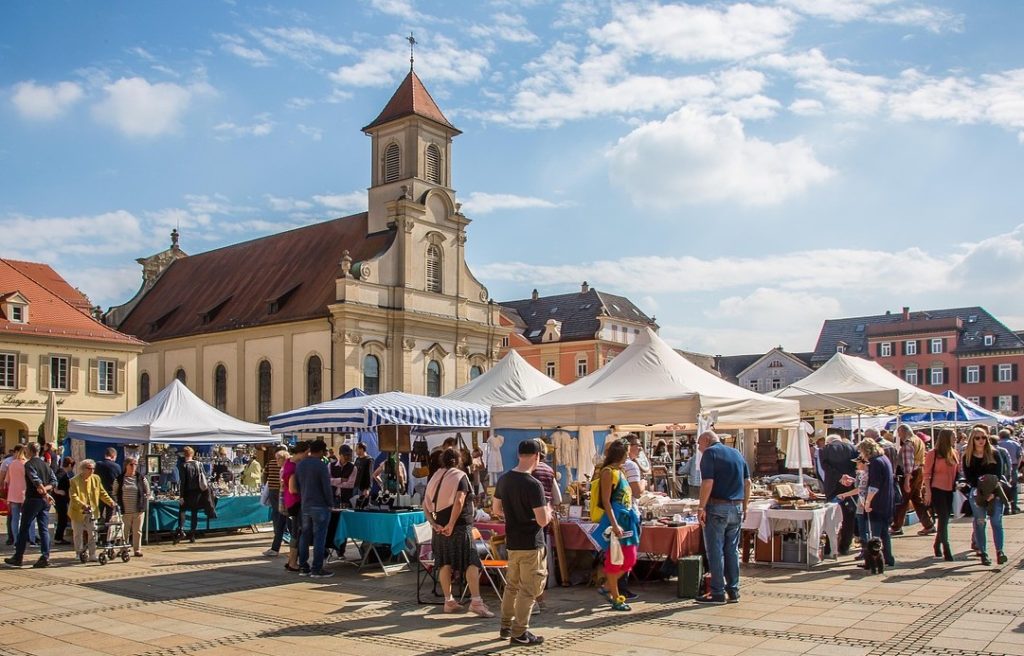
Photo by maxmann for Pixabay
And it’s sustainable. Not in a greenwashed, eco-influencer kind of way. Like actually sustainable. No insane water usage, no factory emissions, no shipping fuel. Just giving that gorgeous silk scarf a new life.
Plus, you can thrift anywhere. I’ve scored fire fits from Goodwill, Buffalo Exchange, even random consignment stores in small towns while road tripping. The thrill? Real. The compliments? Frequent. The cost? Always under budget.
Post-thrift, my wardrobe feels less dictated by trends and more me. I mix a $12 vintage knit with $120 Veja sneakers. I wear linen blazers from estate sales like I forgot I work at Vogue.
I’m officially obsessed. I still scroll the new arrivals on Aritzia, but now I’m looking to find it secondhand first. Not out of guilt. Out of strategy.
Don’t let tariff trauma ruin your style.
Dig through a rack. Scroll Poshmark. Trade with friends. Give your old clothes a second chance, and you just might discover a whole new you — for far less.
The world’s expensive enough. Your outfit doesn’t have to be.

